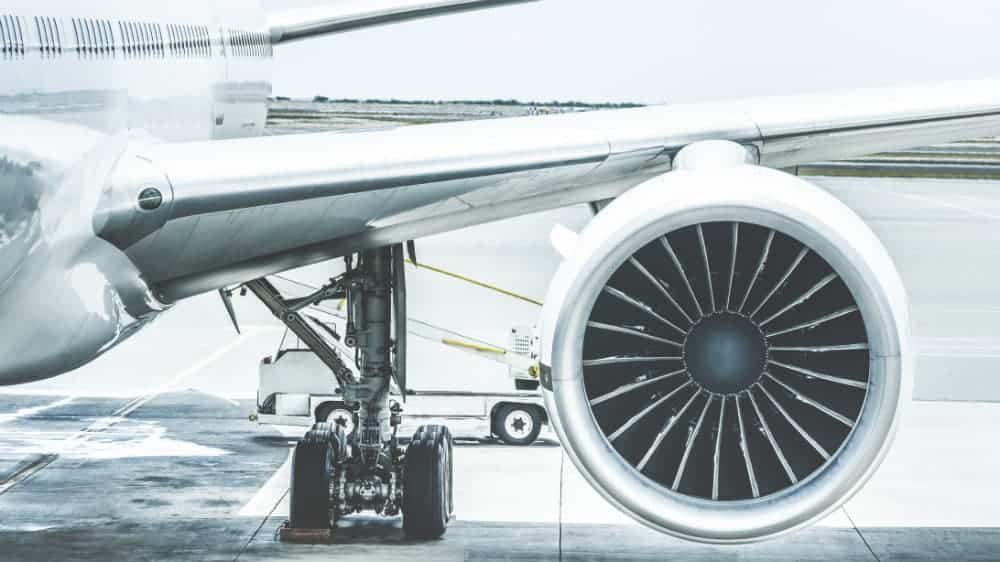Air Canada (TSX:AC) stock is nearing a breaking point. But you wouldn’t be able to tell based on its recent trajectory. In the last couple weeks, shares are up nearly 30%.
Here’s the problem: the company is running out of cash.
It doesn’t take a mathematician to spot the trouble. Every 90 days, Air Canada burns around $1 billion. That’s been true for three quarters in a row. Unless something changes dramatically, the company will lose hundreds of millions of dollars over the next 90 days, too.
No business can survive losses forever. Exactly how long does Air Canada have left before it goes bankrupt?
Here are the numbers
Air Canada executives ran through the most important numbers to understand on the latest conference call earlier this month.
“Net cash burn of $818 million or approximately $9 million per day on average in the third quarter was significantly better than our expectations,” CFO Mike Rousseau said.
This statement is a perfect encapsulation of the current environment. Burning $800 million over 90 days as a $6 billion business was considered a success.
We’re no longer in a situation where analysts are betting on whether Air Canada will generate a profit or loss. Right now, we’re just guessing how big the loss will be.
Management tried to spin the $800 million loss as good news, but don’t be fooled. The quarter before, the business burned more than $1 billion. The same thing occurred the quarter before that. The final quarter of the year should prove no better.
“Looking at the fourth quarter, we estimate a net cash burn between $1.1 billion and $1.3 billion, or between $12 million and $14 million per day on average,” the CFO concluded.
In total, Air Canada will likely lose more than $4 billion in 2020. Remember, the total market cap is just $6 billion.
Will Air Canada survive?
There’s one number in particular that you should be paying attention to: debt costs.
When explaining their cash burn assumptions for the fourth quarter, Rousseau noted that the “net cash burn projection includes about $4 million per day in capital expenditures and $5 million per day in lease and debt service costs.”
So, around two-thirds of Air Canada’s daily cash burn consists of non-voluntary expenses. That’s a bad place to be. If the company skimps on capital expenditures, their infrastructure will decay, adding more costs in the future. And if it skimps on lease or debt service costs, the entire equity base is in peril.
At the current rate, Air Canada likely has between 12 and 18 months left of financial runway. If the markets pull funding more quickly, there could be even less runway.
There are only two things that could bail the company out.
First, we need to see a rapid return to normal in 2021. A vaccine is on the way, but air traffic would need to revert significantly higher, potentially even above pre-pandemic levels to account for the increase in plane supply over the last 12 months.
The second option is continued financing. Who knows how long the market will be friendly, but to plug losses, Air Canada has turned to new debt and share issuances again and again. Even if the window remains open, these efforts could completely dilute any potential gains.
Right now, there’s a real risk that AC stock will trade much lower in the year to come, but the market doesn’t seem willing to accept those odds.










